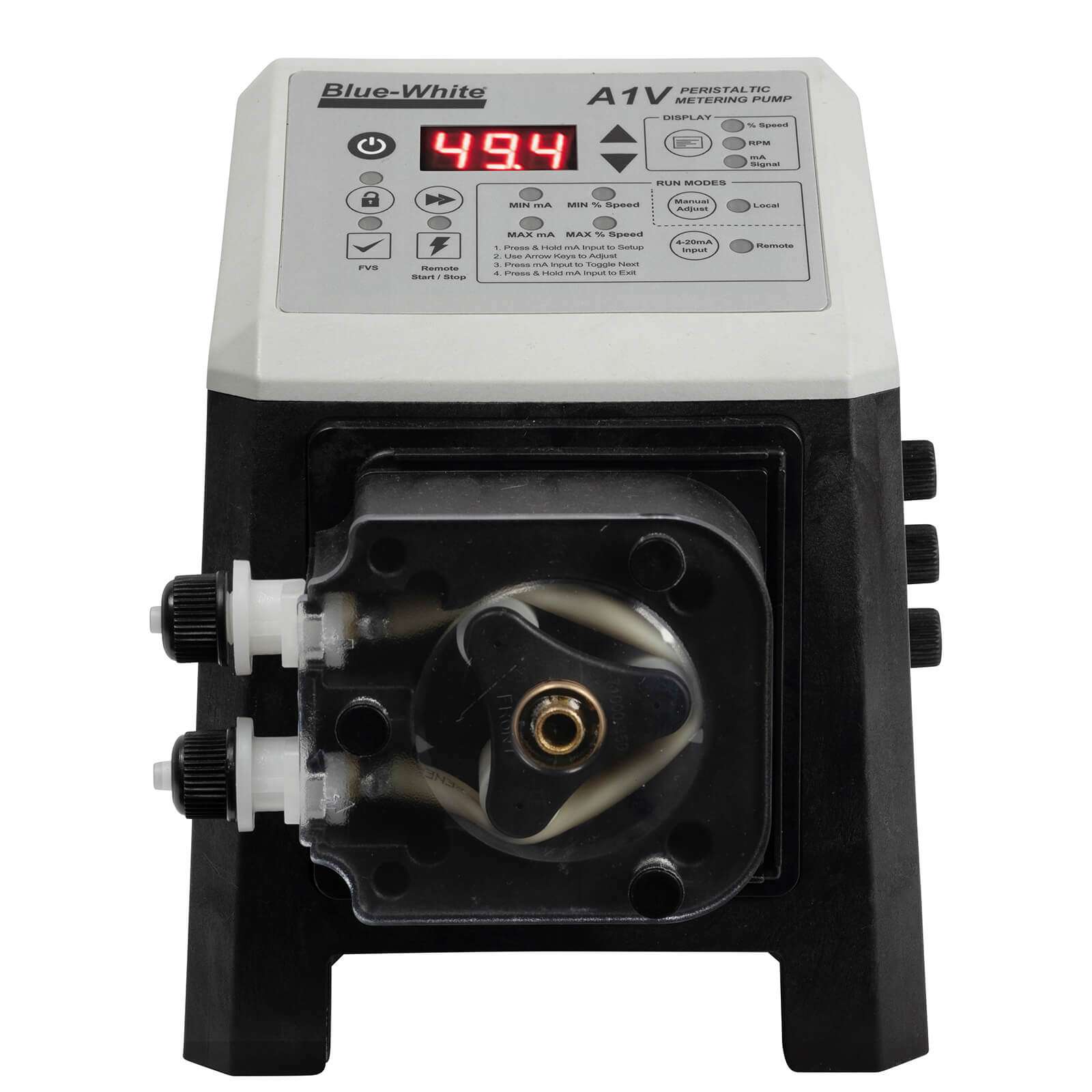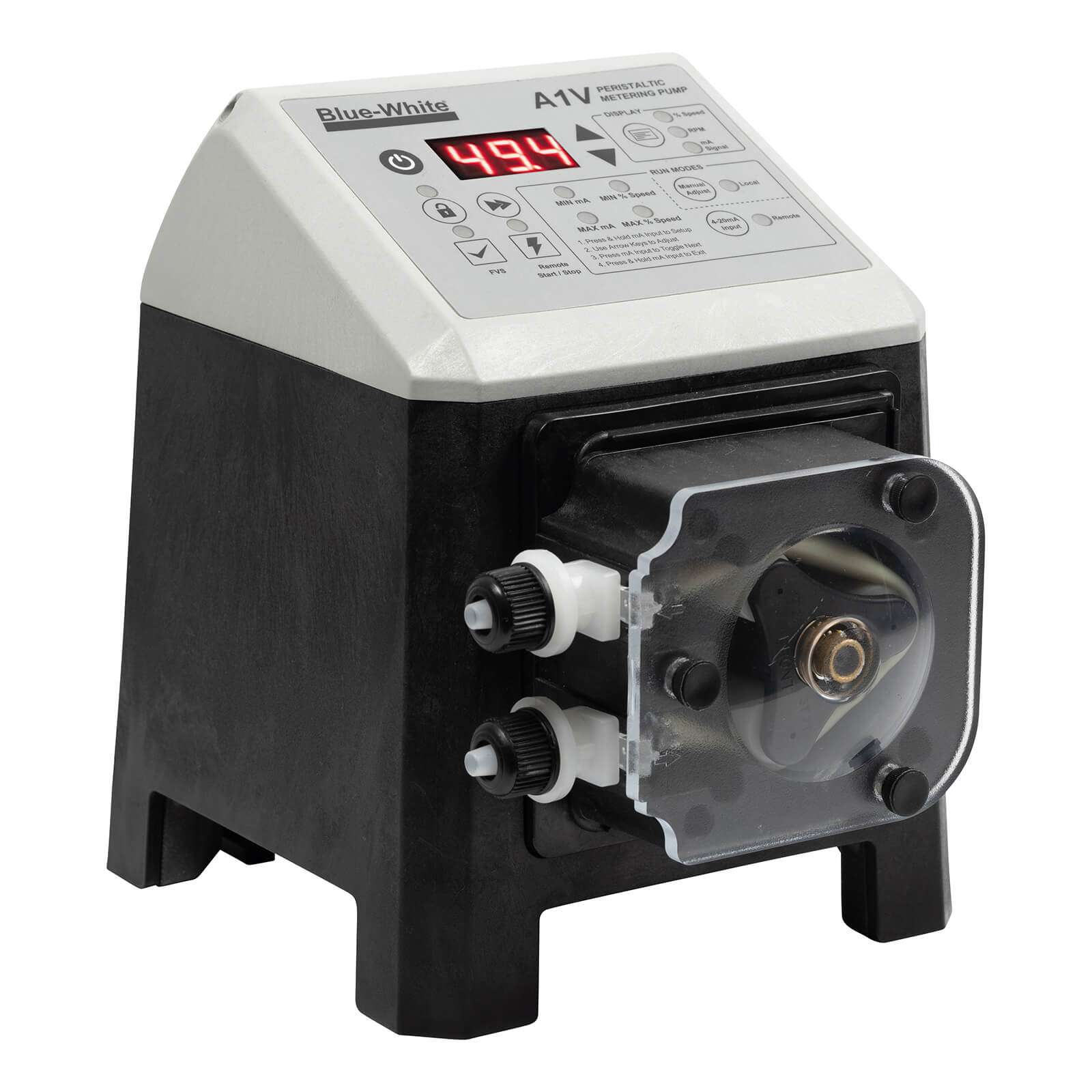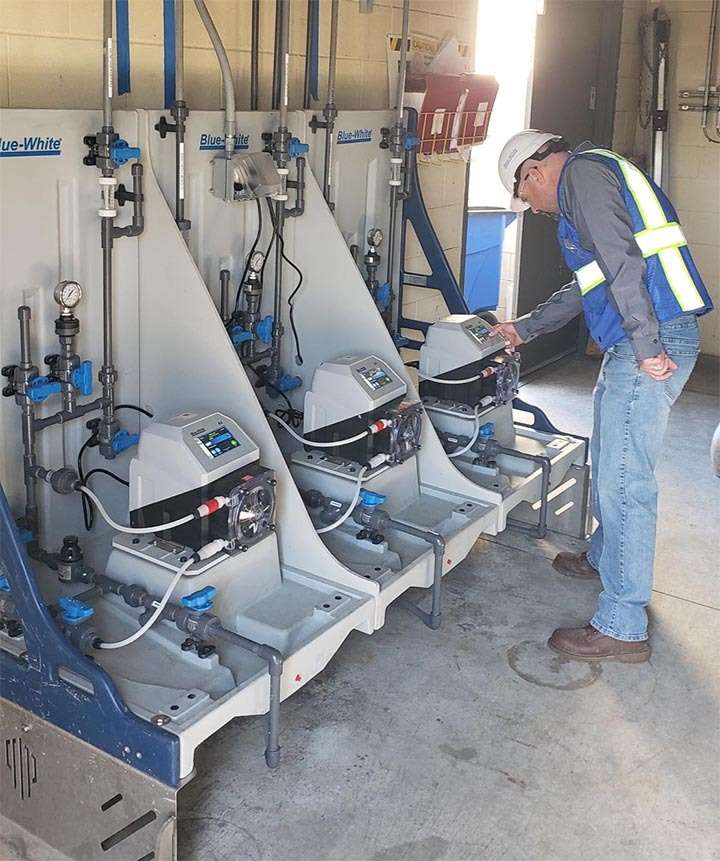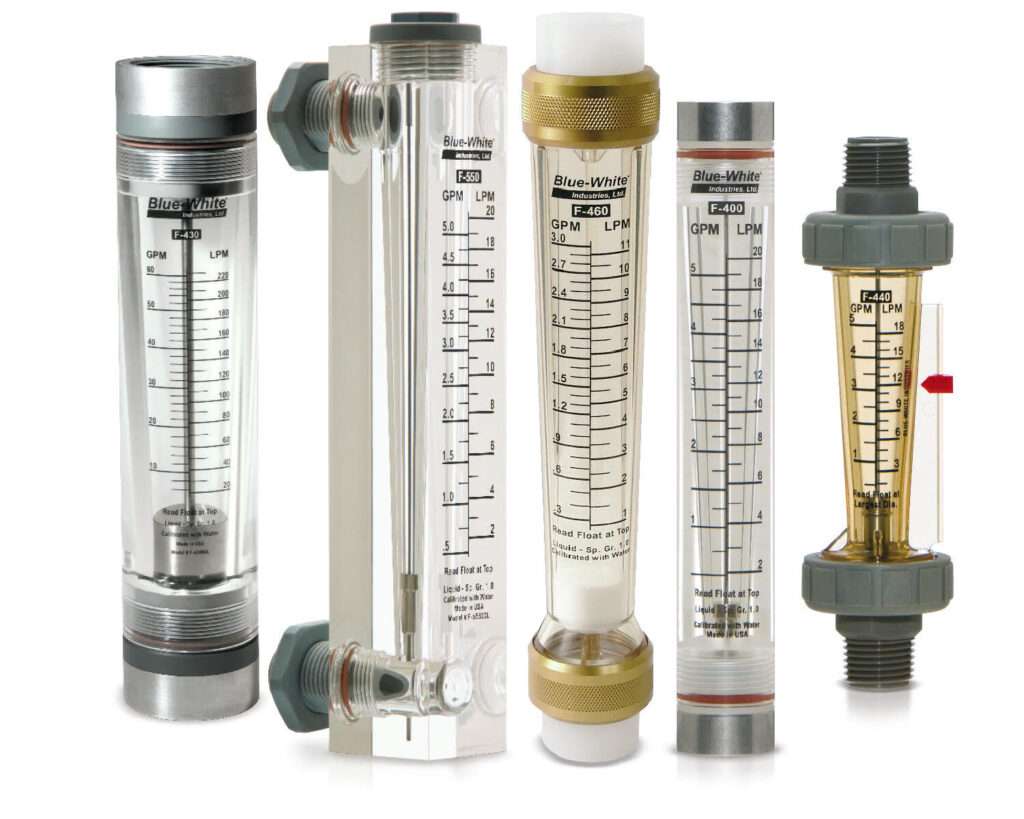Diaphragm pumps vs peristaltic pumps… Both styles have distinct advantages and disadvantages over the other. With nearly fifty years (36 me personally) in the industry as a manufacturer of both, I would like to share some information with you.
If you are currently using diaphragm pumps in your work and having success the odds are good you are educated on the basics of maintaining your diaphragm pump. I’m also pretty sure the more you learned, the more successful your pumps were … right? Although today’s diaphragm pumps are more sophisticated, with better valves, diaphragms, drive mechanisms, etc. than years ago; they still require a basic understanding for a successful program. Peristaltic pumps on the other hand are initially simpler to use and require less experience to operate under adverse conditions. This is where we begin:
Diaphragm pumps vs peristaltic pumps…
Diaphragm chemical metering pumps
Pros
- A well-maintained diaphragm metering pump costs you less to operate over time.
- Diaphragm metering pumps are more energy-efficient, using more motor torque on the foreword (power) stroke, but far less on the backstroke.
- Overcoming line pressure is easier with properly sized diaphragm metering pumps.
- Less danger of leakage – Poorly maintained, diaphragm metering pump way lose its prime, but seldom leaks, or damaged area.
Cons
- The solution being pumped needs to be clean diaphragm metering pumps operate best when the solution being pumped is clean, free from particulates. The reason; diaphragm metering pumps have check valves in the suction and discharge side of the pump head. If either set of check valves becomes fouled (dirty), the pump will first lose its ability to meter accurately, and finally, loss of prime will occur.
- Difficult to prime against pressure -These pumps Prime best when there is little to no backpressure. Some pumps are fitted with a bleed valve to aid in this challenge.
- Difficulty priming with dirty check valves -Diaphragm pumps prime best when the valves (check balls) are clean and there is little to no backpressure, and the diaphragm stroke is on the full or maximum setting.
- Difficulty priming when the stroke (feed rate adjustment) is on a low setting. Most diaphragm metering pumps have a diaphragm stroke (feed rate) adjustment, and some also have a motor speed adjustment. Priming is best achieved when the stroke adjustment is above the 60% area. These adjustments can be confusing, try to minimize your variables as much as possible. Avoid adjusting the diaphragm stroke length to low, the pump loses efficiency. Keep your diaphragm stroke above 40% if possible; most pumps are just more efficient with longer stroke lengths.
In summary (the diaphragm metering pump) will require you to be a bit more knowledgeable about the pump valves, and proper priming and adjustment characteristics. Once you understand the pump and work within its normal limits you will be assured of a successful program.
Peristaltic metering pumps
Pros
Are initially easier to use because are more forgiving than diaphragm metering pumps.
- Work well with high levels of particulate in solution (un-Dissolved solids) being pumped. There are no check balls to foul within the pump tube.
- Feed rates are less affected by pressure, or the nature of chemicals.
- Are superior at priming, excellent suction.
Cons
- The constant squeezing of the pump tube weakens (degrades) the tube, and the feed rate is slowly diminished.
- Squeezing the pump tube requires the drive motor to be under a constant load (similar to a boat motor), uses more power.
- When neglected (pump tube not changed), or injection point not serviced, pump tube may leak and could damage the pump, or worse.
- Pump tubes begin to wear the moment the pump is started, and continue degrading until worn out completely. Most manufacturers rate the tubes in hours. Users must be cognizant of the total number of hours the pump has operated. This is a common problem with peristaltic pump users, generally, operators underestimate how many hours the pump has operated.
Featured Products
Written By:
Taylor Gledhill, Director of Marketing
Download (PDF)






